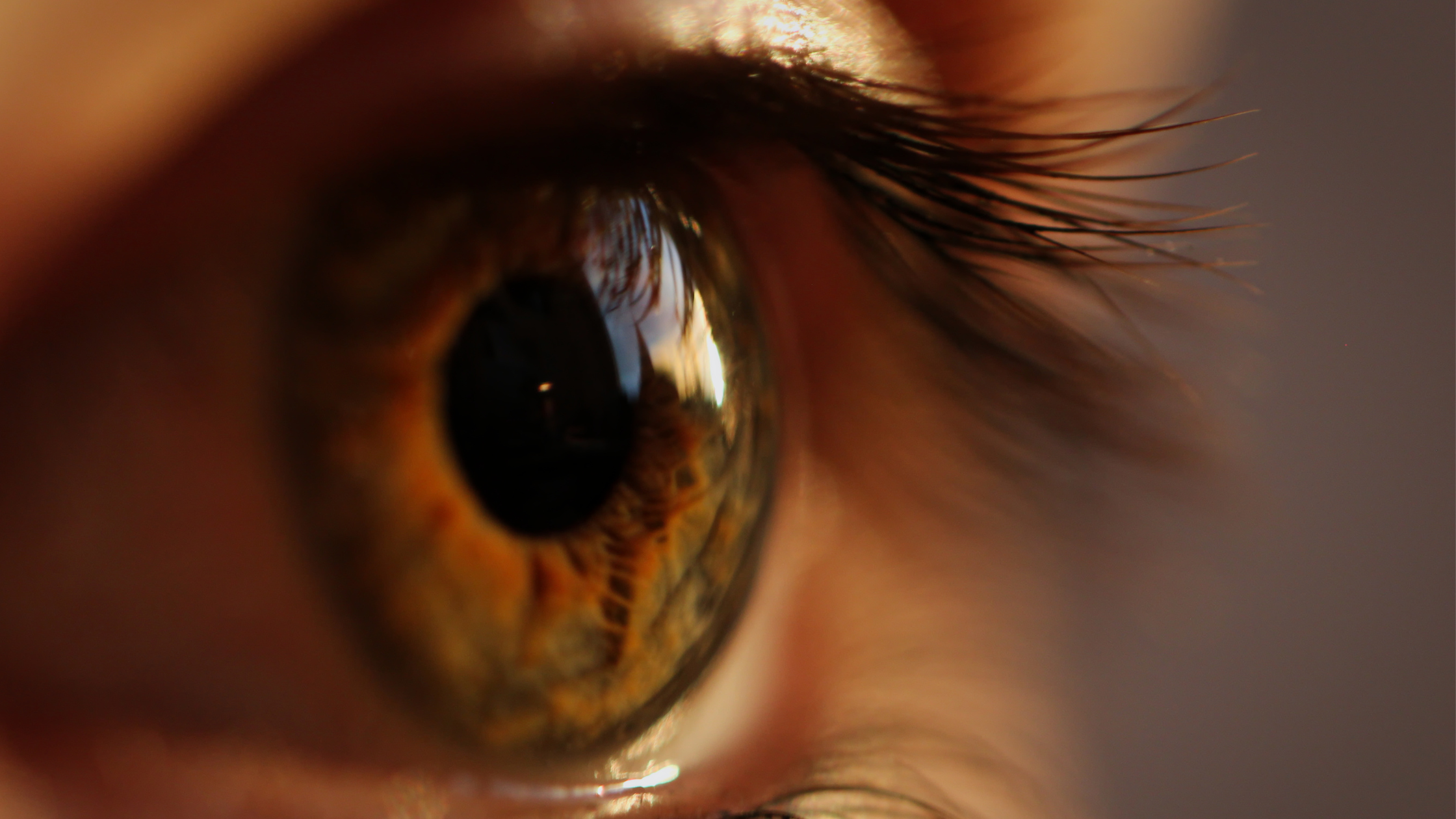Sight Loss Diagnosis UK: A Comprehensive Overview
In the United Kingdom, sight loss diagnosis is a structured and systematic process. It usually involves different healthcare professionals and specialised tests.
Usually, when someone in the UK notices changes to their vision, they visit their optician or family doctor (GP) to discuss their concerns. From there, the process involves a series of steps to figure out the cause and extent of the sight loss. This helps healthcare professionals plan the best way to help the person with sight loss and secure treatment where needed.

Some of the healthcare professionals you may encounter, their roles and expertise:
Dispensing Opticians
In the UK, dispensing opticians play a pivotal role in providing routine eye care services. They fit glasses and contact lenses and can help you choose the frames for these. They can also help you with low vision aids such as magnifying glasses. Dispensing opticians do not do the eye tests. Instead, they work from the prescription provided by the Ophthalmologist or Ophthalmic Practitioner.
Optometrists and Ophthalmic Practitioners
Trained to recognise abnormalities in the eye, Optometrists assess and address individuals' vision. They do this through various examinations, assessments and interventions. Optometrists are primary healthcare providers, trained to examine eyes and identify vision problems. They can detect certain eye conditions or signs of injury.
Ophthalmic practitioners are qualified healthcare professionals who specialise in the care of eyes.
While both these professionals primarily focus on prescribing and fitting glasses, contact lenses and low-vision aids, they also play a crucial role in detecting signs of eye conditions and diseases. This includes conditions such as glaucoma, cataracts, diabetic retinopathy and macular degeneration. From their assessments, potential abnormalities or concerns are identified. These are then communicated to GPs and Ophthalmologists for further action.
General Practitioner (GP) Consultation
The first port of call for many individuals experiencing vision changes is their GP. During an initial consultation, the GP will conduct a thorough assessment. They may review the patient's medical history, discuss symptoms, and perform vision tests. Based on their findings, the GP may refer the individual to an ophthalmologist or optometrist for further evaluation.
Orthoptists
An Orthoptist is a specialist in squints - also known as Strabismus - and eye movement conditions such as lazy eye - known as Amblyopia. Orthoptists often visit schools and communities in the UK for vision screening. They commonly work with children, adults with learning difficulties and adults with double vision.
Referrals and Diagnostic tests you may experience:
Ophthalmologist Referral
Upon referral, people will undergo more comprehensive assessments by an ophthalmologist. Ophthalmologists are doctors who specialise in diagnosing and treating eye diseases and conditions.
Extensive training and expertise means Ophthalmologists can interpret diagnostic tests, and provide medical or surgical treatment where necessary.
Upon referral, the ophthalmologist conducts a comprehensive evaluation. This may include advanced imaging tests, such as optical coherence tomography (OCT) and visual field tests. They may assess the structure of the eye with fundus photography to identify abnormalities.
Diagnostic Tests for Eye Conditions
In the UK, diagnosing sight loss is a collaborative and multidisciplinary effort. A range of healthcare professionals use tests and examinations to find out the cause of sight loss and its severity. Some common tests used to identify the underlying causes of sight loss are:
Fundus Examination
A routine part of any eye examination, fundus examinations allow ophthalmologists to view the back of the eye, the retina, optic disc, and blood vessels. They use specialist equipment such as ophthalmoscopes or fundus cameras.
Intraocular Pressure (IOP) Measurement
Elevated intraocular pressure (raised pressure inside the eye) is a typical sign of conditions like glaucoma. Specialised instruments, such as tonometers accurately measure the pressure inside the eyes. Raised pressure is usually caused by too much fluid entering the eye, or too little fluid draining from the eye.
Optical Coherence Tomography (OCT)
A non-invasive imaging test, OCT provides detailed cross-sectional images of the retina. These enable ophthalmologists to detect abnormalities or changes in retinal thickness. This is associated with sight loss conditions including macular degeneration and diabetic retinopathy.
Visual Acuity Test
This is a standard eye test that measures the clarity of an individual's vision. This typically uses a Snellen chart or other visual acuity charts.
Visual Field Test
This is also known as perimetry. It assesses the full range of a person's peripheral vision. Peripheral vision is what you can see outside of your central vision or 'from the corners of your eyes’. A visual field test is crucial in detecting conditions such as glaucoma or optic nerve damage.
Early detection and the right support are crucial for managing sight loss. New tools and technology, plus teamwork among healthcare professionals means more people are getting the right support and better outcomes.
You can read more about sight loss conditions, their causes, diagnosis and treatment in our articles which cover the common causes of sight loss. These articles also provide information on where to get further help and information.
If you or someone you care for is diagnosed with a sight loss condition, Dolphin can help you find assistive technology software to meet your needs. The right assistive technology will enable you to work, study and complete everyday tasks independently, whatever your level of vision.
Call our friendly team today to find out which Dolphin software would suit you best.


Let Us Know What You Thought about this Post.
Write your comment below.